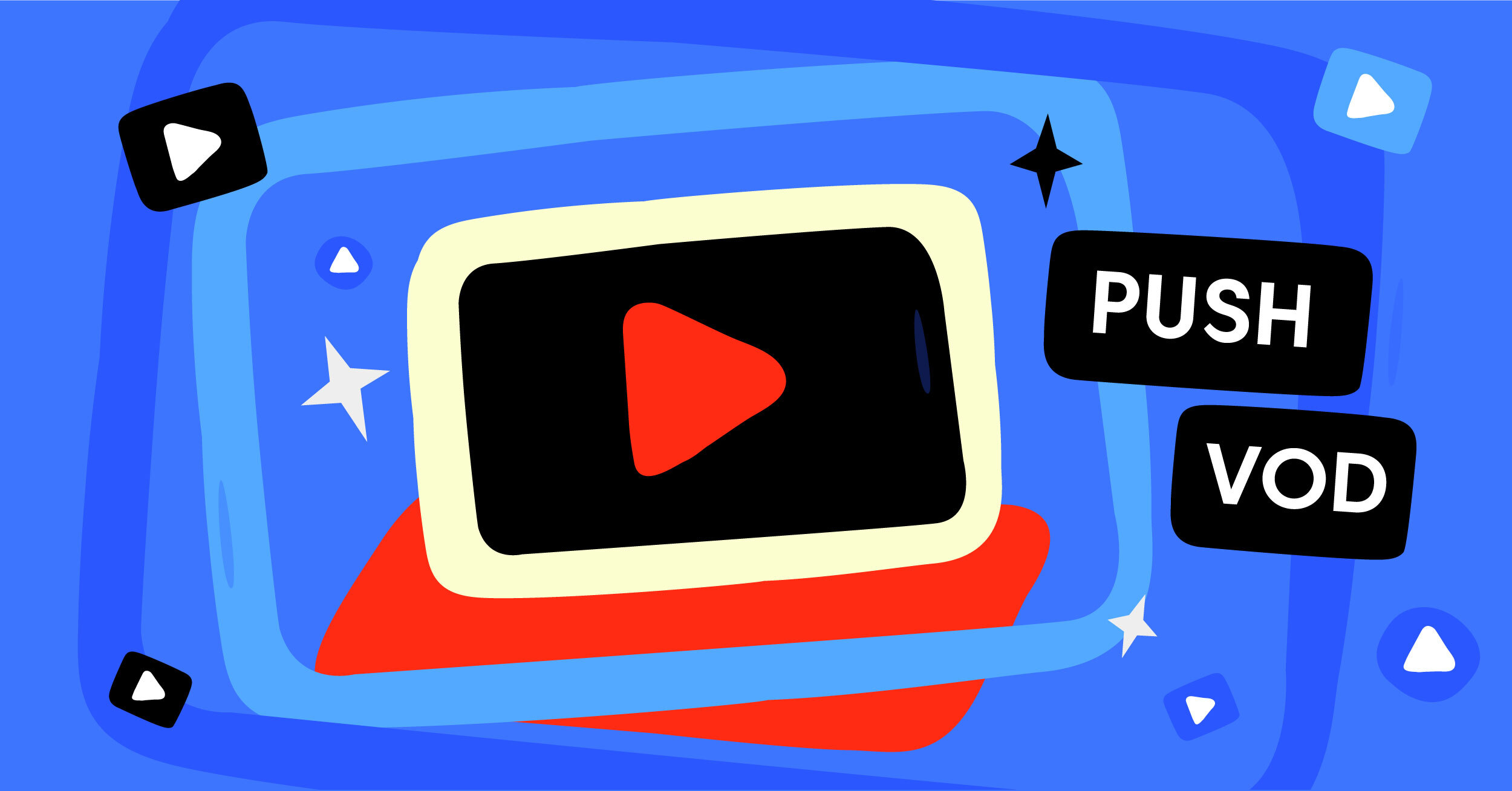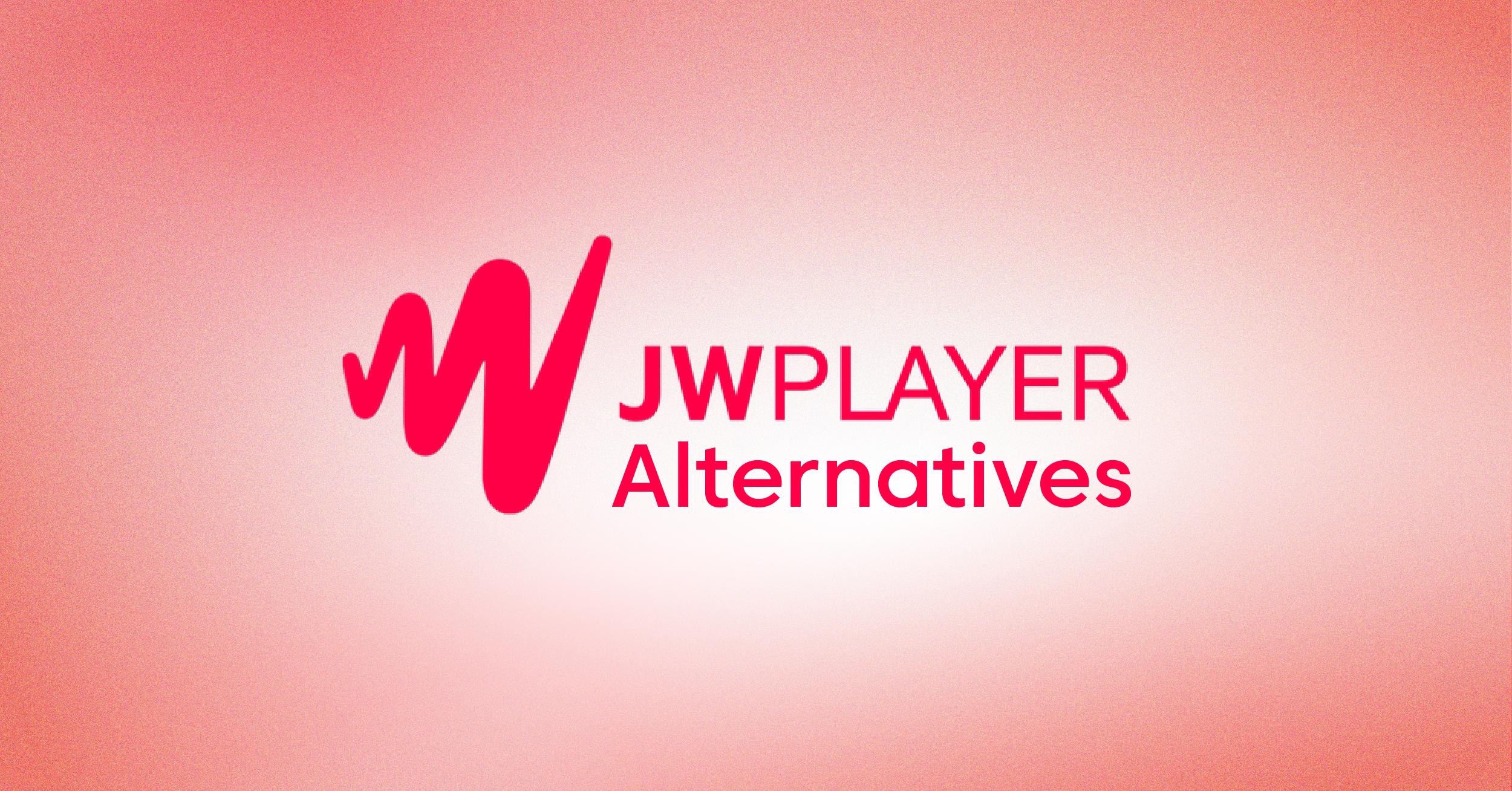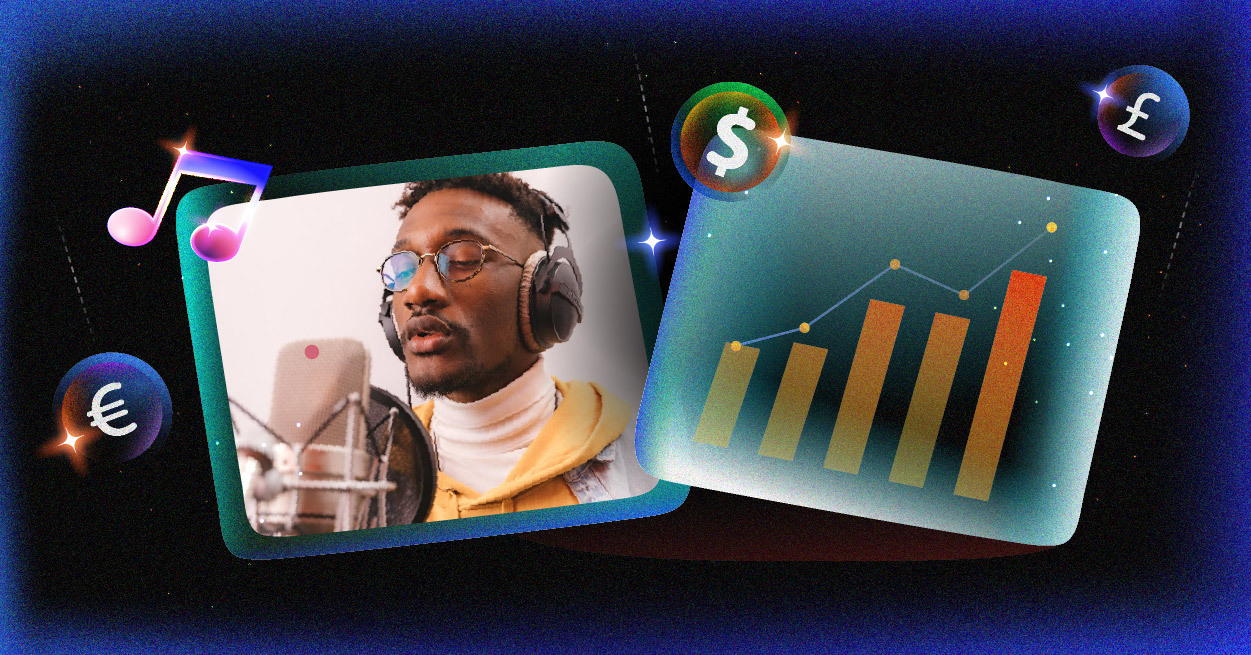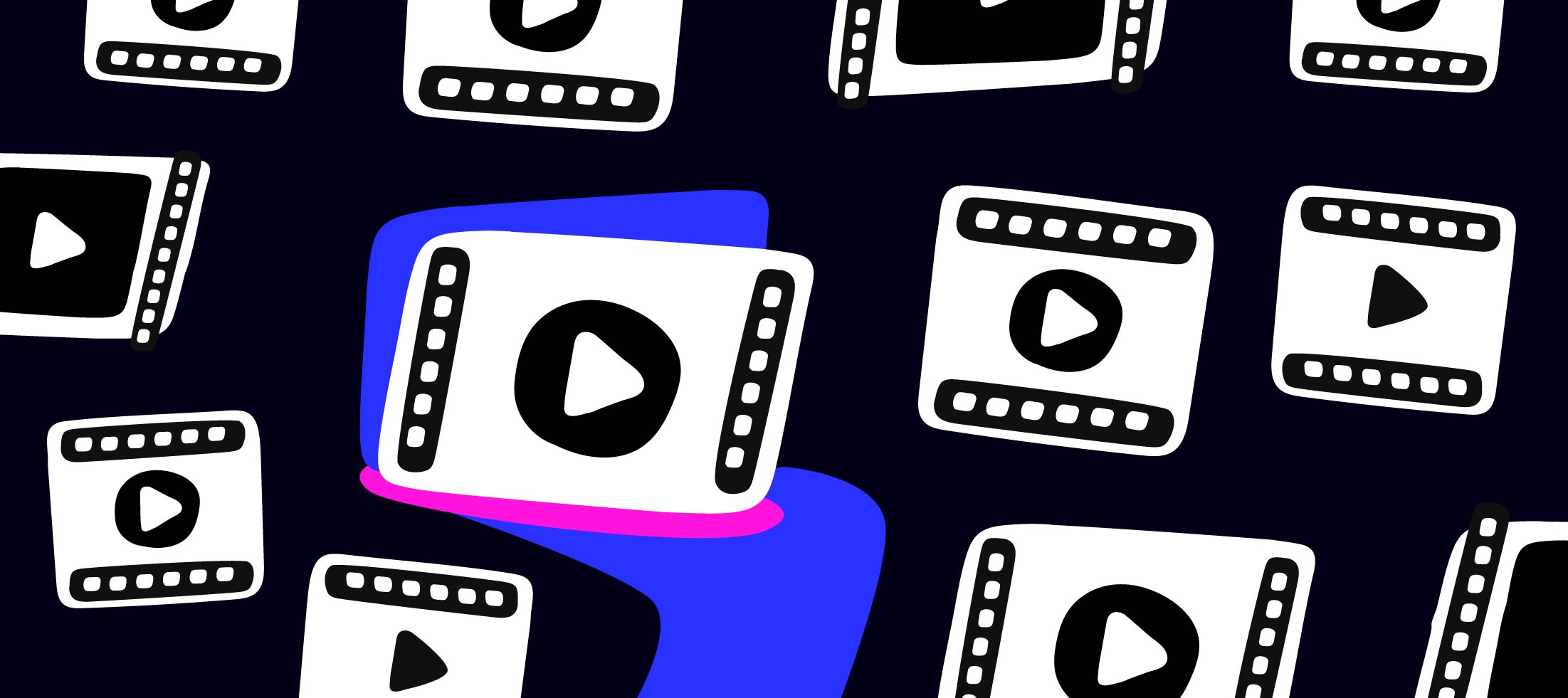Push Video-On-Demand (VOD) is a content delivery method where providers “push” video content directly to a viewer’s set-top box or personal video recorder (PVR) without a specific request from the viewer.
Several broadcasters use this technique on systems that lack the connectivity and bandwidth to provide true “streaming” video on demand. Push VOD is also used by broadcasters who want to optimize their video streaming infrastructures by pre-loading the most popular content to the consumers’ set-top devices. If the consumer requests one of these films, it is already loaded on their DVR.
System Architecture of Push VOD
A typical Push VOD system comprises two main components:
- Headend System: This central unit selects and pushes content files to the terminal systems via a broadcast link.
- Terminal System: Located at the user’s premises, this system receives and stores the pushed content locally. In traditional Push VOD implementations, the terminal system relies solely on the pre-loaded content delivered through broadcast methods and does not typically use the internet for retrieving missing data. However, some modern implementations incorporate hybrid approaches, where the terminal can use internet connectivity to retrieve missing data packets or updates, enhancing content delivery reliability.
Content Transmission Methodology
Push VOD systems utilize available bandwidth efficiently by broadcasting content during times when network usage is low, such as overnight. This strategy ensures that content is delivered without impacting peak-time network performance.
Advantages of Push VOD Systems
- Bandwidth Efficiency: By leveraging broadcast channels for initial content delivery and using the internet only for error correction, Push VOD minimizes additional bandwidth usage, preserving limited resources of satellites, cable, or terrestrial broadcasting systems.
- Enhanced User Experience: Pre-loaded content on users’ devices enables immediate playback upon selection, eliminating buffering and providing a seamless viewing experience. This approach also reduces dependency on continuous internet connectivity.
- Scalability: The ability to broadcast content to a large user base simultaneously without proportionally increasing network load makes Push VOD systems highly scalable and suitable for widespread deployment.
Comparison with Traditional VOD Systems
Traditional VOD systems typically rely on a “pull” model, where users request real-time content streamed to their devices. This method requires substantial bandwidth and continuous internet connectivity, which can lead to buffering issues, especially in regions with limited network infrastructure. While advancements in adaptive bitrate streaming and content delivery networks (CDNs) have mitigated some of these challenges, buffering can still occur in areas with constrained bandwidth.
In contrast, Push VOD’s “push” model pre-loads content onto users’ devices, ensuring immediate playback and reducing the strain on network resources. However, Push VOD may offer a more limited content selection compared to traditional VOD, as it depends on the provider’s choice of content to pre-load.
Future Implications and Developments in Push VOD Technology
As technology advances, Push VOD systems are poised to become more sophisticated, potentially incorporating user preferences and viewing habits to personalize the pre-loaded content. While integration with emerging technologies, such as 5G networks and edge computing, primarily benefits traditional streaming VOD services requiring real-time data transmission, Push VOD may benefit more from storage solutions and broadcast technology advancements. These developments may lead to a more tailored and engaging viewing experience, bridging the gap between traditional broadcasting and interactive on-demand services.
In summary, Push VOD offers a hybrid approach to content delivery, combining the broad reach of traditional broadcasting with the convenience of on-demand viewing. Pre-loading content onto users’ devices addresses challenges related to bandwidth limitations and connectivity issues, providing an efficient and user-friendly alternative to conventional VOD systems.









